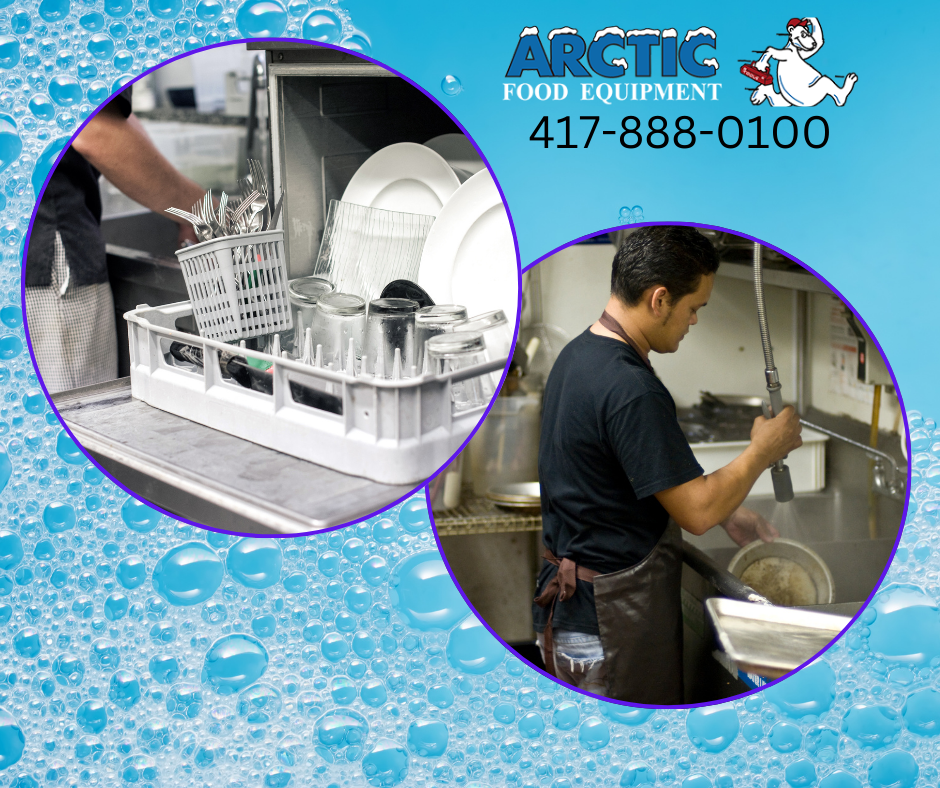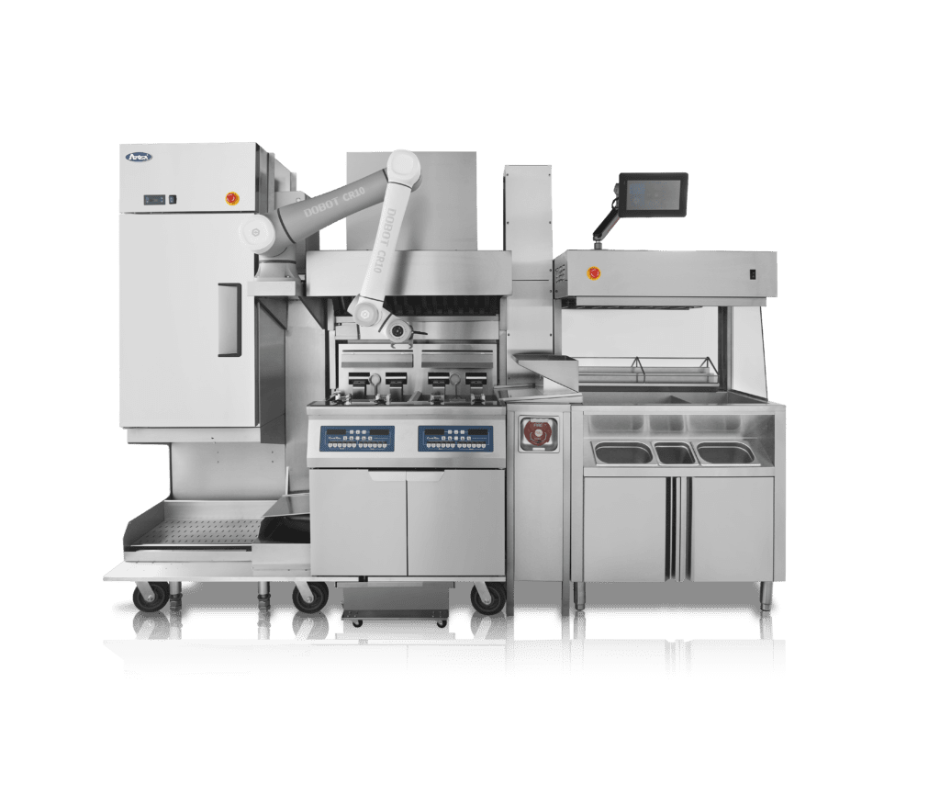Are you Properly Taking Care of your Commercial Hoods and Walk-In Coolers?
Proper maintenance of all of your kitchen equipment is vital. Knowing when to bring somebody in for maintenance is an important part of that. You already know that you need to keep everything clean and in good order, but when do you need to have your equipment inspected, professionally cleaned, and maintained? The answer depends in part on the needs of your kitchen, but there's also some regulatory compliance involved. Let's talk about these two key pieces of equipment in turn.
Commercial Hoods
Your hood system is vital to the safety of your customers and employees. Fire codes require that kitchen exhaust systems are professionally cleaned and inspected regularly. This has to be done by a qualified, certified expert.
How often this is needed depends on the kind of fuel you are using as well as volume, not the type of hood. So, the first thing to think about is whether you use solid or liquid fuel.
Solid fuel is often used for barbecue pits, rotisseries, and specialist pizza ovens. It includes wood, charcoal, and coal. If you use solid fuel it causes more build-up on your hood, and thus you will need to have it cleaned once a month.
Otherwise, it depends on volume. Most restaurants are high-volume and thus should have the system cleaned quarterly. If you have an establishment that is only open part of the time or that focuses primarily on uncooked food, you might be able to do every six months. Occasional use kitchens such as churches or seasonal pop-ups need annual cleaning.
You should also check local fire codes, which may require cleaning to be done more often. When the system is cleaned, the expert will also perform an inspection and tell you if there are any problems with the hood.
Between cleanings, employees should do the following:
- Wipe down the hood box itself daily.
- Clean the spark arrestors (if using solid fuel) daily.
- Clean grease extractor filters at least monthly. Sometimes grease filters can be run through the warewasher, but again, check local health code. You might also consider a trade-out service, especially if you are on a high frequency cleaning schedule. A contractor will switch your dirty filters for clean ones and then take the dirty ones away for cleaning.
- Change pollution control sensors when the warning light indicates.
- Check electrostatic precipitators quarterly.
How to Tell if Your Hood Needs Attention
Most problems with your hood and exhaust system will be found during routine maintenance, but watch for the following:
- Smoke lingering in your kitchen or "rolling back" from the vent hood itself.
- Odd noises from the vent hood, including squeaking or grinding. This can indicate an issue with your fans.
- Warning lights are coming on (many systems will notify you of a problem).
- Cold air is coming through the hood.
- Visible mold or slime.
- Difficulty opening either the dining room, kitchen door, or both.
- Excessive heat in your kitchen. Vent hoods pull heat out of the room, so if they are clogged the room will generally become hotter. Heat right around the vent is a particular problem.
- Greasy or slippery floors or equipment.
Also, if you have a kitchen fire, no matter how minor, you should get your hood and exhaust cleaned and checked because it might have become clogged with smoke.
Now, on to walk-in coolers, which are just as important in a different way. Walk-in coolers help you keep ingredients at a consistent temperature whilst still providing convenient storage for your staff. Not all restaurants need a walk-in cooler; it depends on your volume and the kind of ingredients you keep in mind. If you have one, though, you need to keep it in good condition.
Walk-In Cooler Maintenance
Cleaning walk-in coolers is, thankfully, pretty easy. Warm, soapy water and a damp mop should cover routine cleaning and dealing with any spills.
Make sure to clean your door seals regularly; brush away any dirt or dust that is building up around the gaskets. Every one to three months you should clean your condenser, this is done by using a wire brush to loosen accumulation and then a vacuum cleaner to remove the loose particles.
It's worth emptying your cooler occasionally and doing a full deep clean, as long as your inventory levels allow for this. This is also a good opportunity to get rid of forgotten expired ingredients or similar.
Your walk-in cooler does still require scheduled, professional inspections and maintenance to extend its life, lower your utility costs, and help avoid expensive failures. Check with your manufacturer, but in general an inspection should be done quarterly. This inspection will check the condenser, compressor, motors, etc, for any signs of problems. If you also have a walk-in freezer, this can be inspected at the same time.
It's also a good idea to schedule inspections at a time when your ingredient inventory tends to be low so that ingredients can be moved out of the inspector's way.
A walk-in cooler failure can result in expensive loss of inventory and ingredients, so it's important to stay up to date on it.
How to Tell if your Walk-In Cooler Needs Attention
Again, many problems will be discovered during routine inspections, but here are some things to watch for:
- Inconsistent temperature.
- The built-in thermostat not matching other devices that you use to check temperature.
- Issues with food spoilage.
- Oil stains on the condensor or piping.
- Moisture indicator out of range.
- Unusual odors.
- Unusual noise or vibration from the evaporator fan.
- Unusual accumulation of ice.
If you experience any of these problems, you should call in a professional to inspect your walk-in and make any needed repairs.
Keeping your commercial hoods and walk-in coolers well maintained can help keep your employees and customers safe, preserve ingredients through their normal shelf life, and reduce the risk of expensive inventory loss or equipment damage. Health codes may require inspections at specific intervals and there are often also manufacturers' guidelines. Follow these rules and make sure that your kitchen stays in the prime condition you need it to be to satisfy your guests.











